News Archive
A blast from the past
These are a few images of the Palestine balloon base from 60's and 70's which I've found elsewhere. These are good to appreciate how it has grown and expanded over the years.
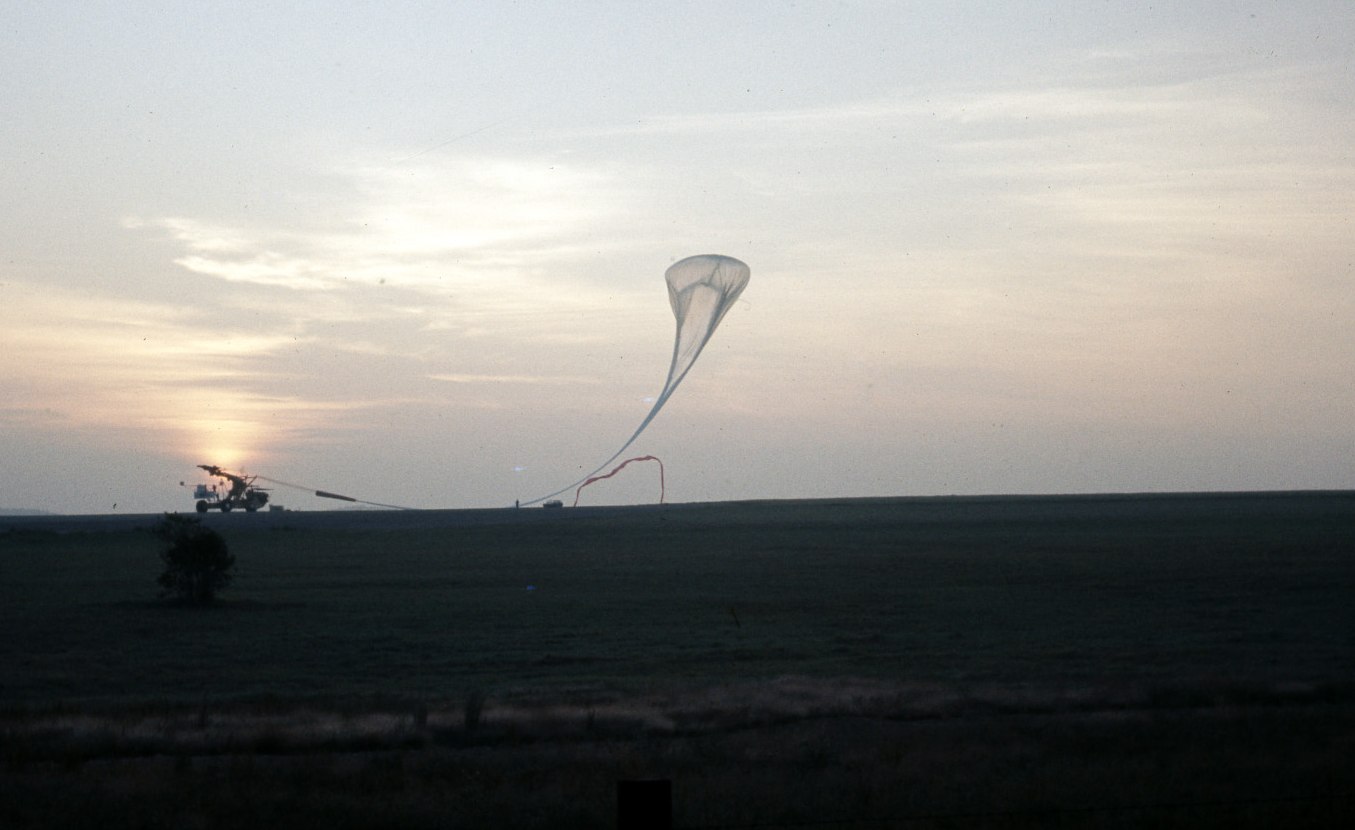
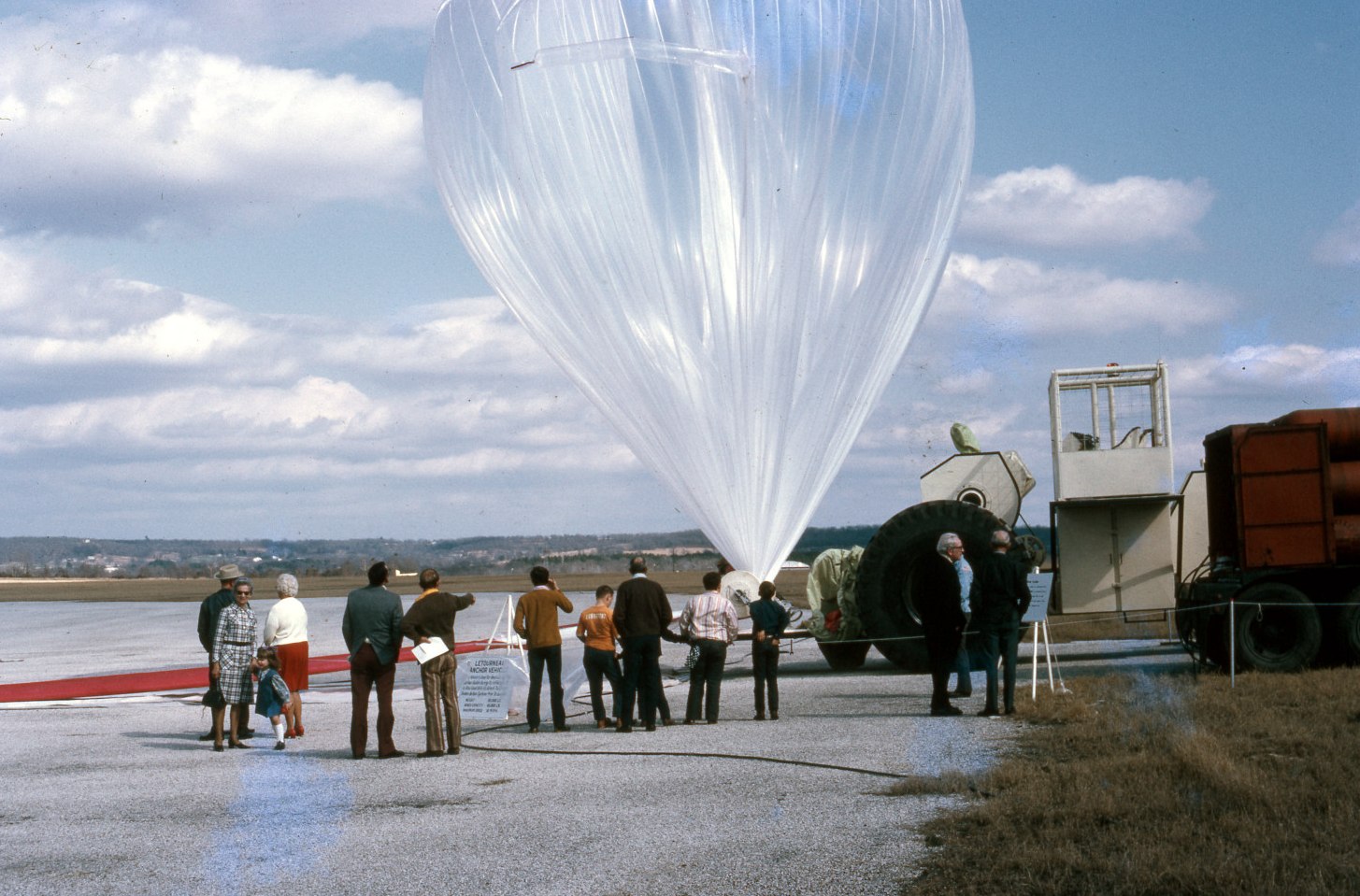

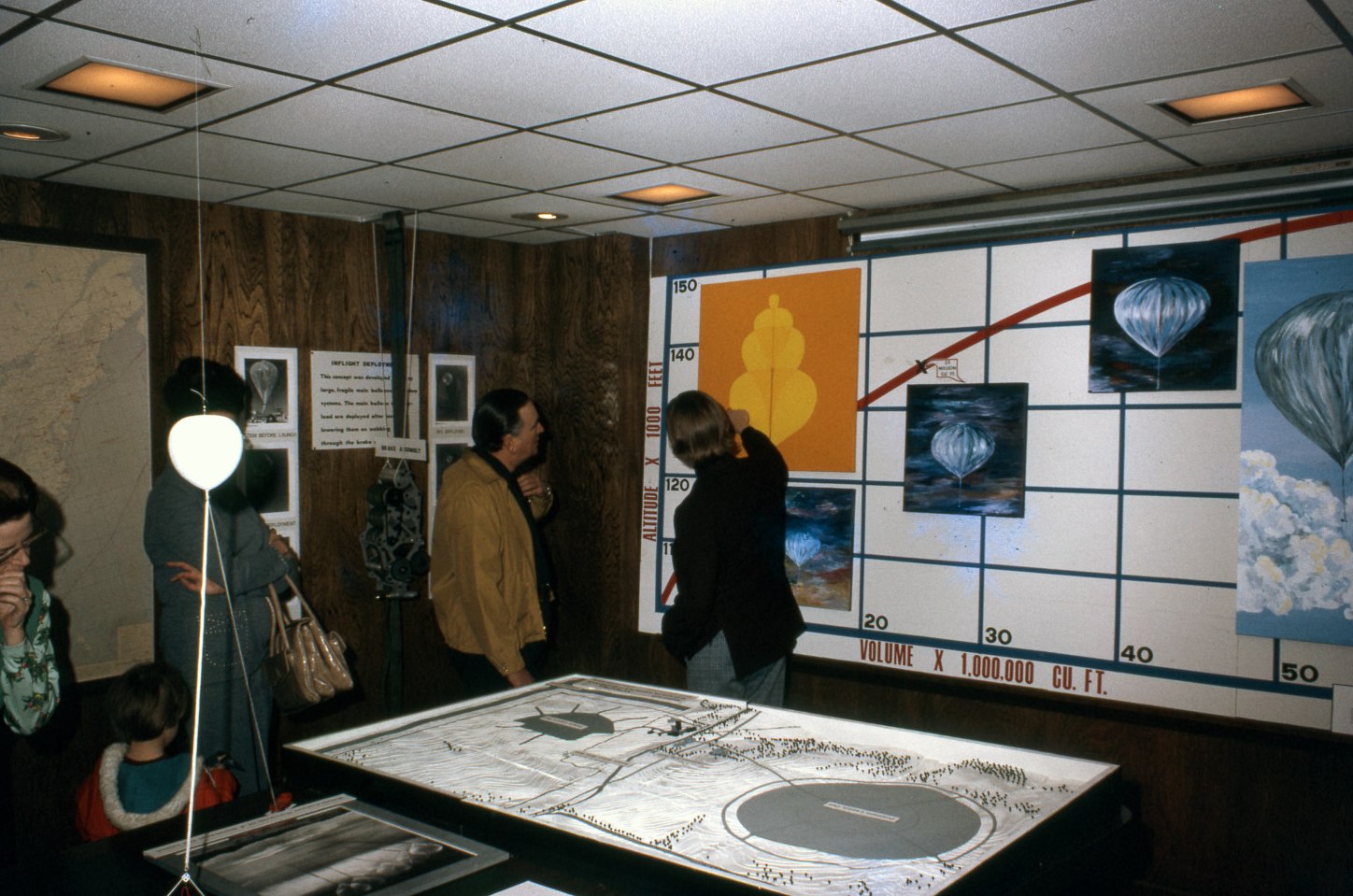
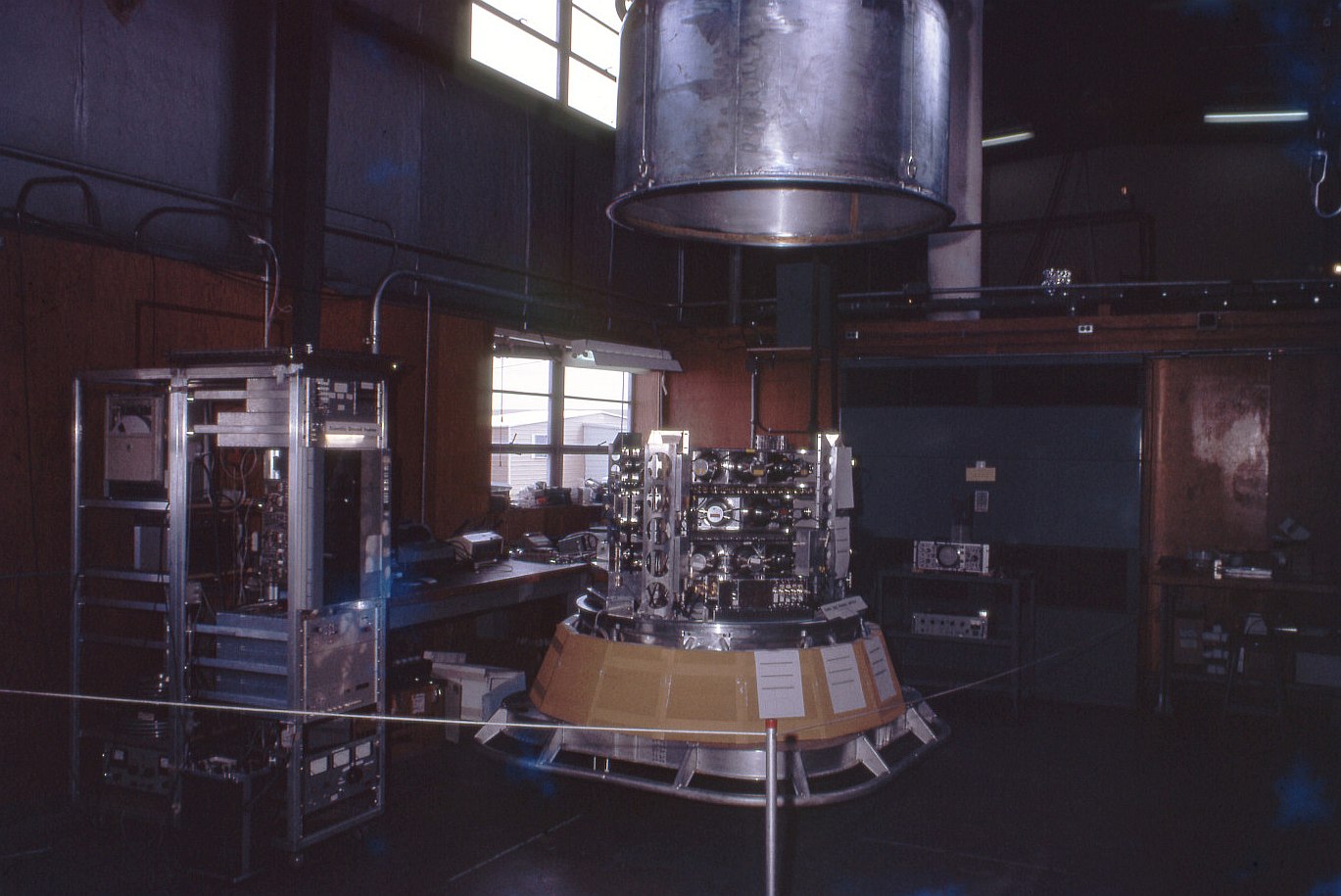

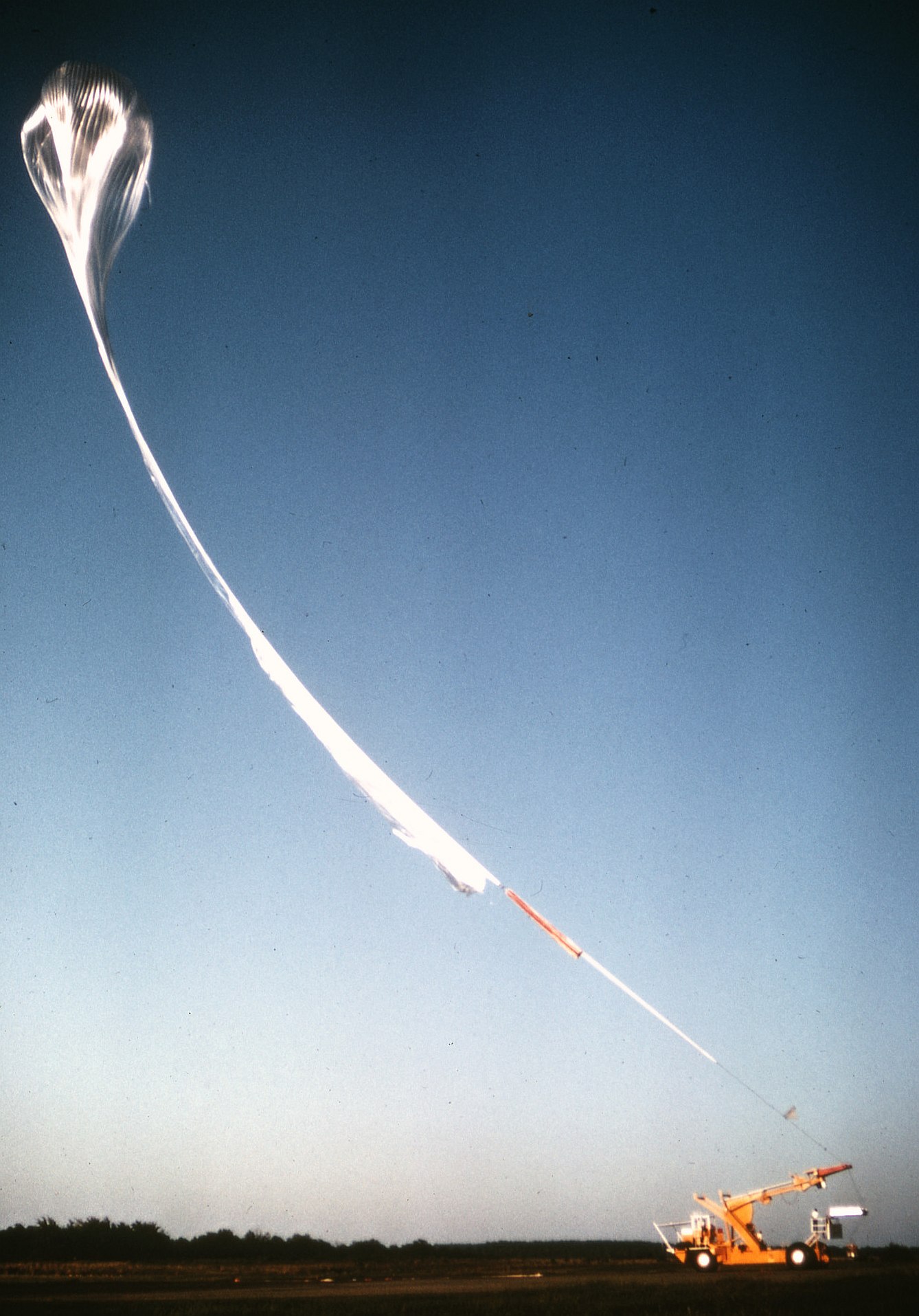
-
June 8 2017
NASA summer balloon campaign from Palestine base
Palestine, Texas.- As long as the weather cooperates, while I'm writing this lines probably would be a rush of activity at the most famous NASA balloon base, the Columbia Scientific Balloon Facility, located in the outskirts of the city of Palestine, Texas.
The activity is part of the Summer balloon launch campaign at the base, which in 2016 returned to the launch activity after a hiatus of near 9 years. This year's campaign will involve the launch of three payloads.
The "balloon base" as is called by the residents of Palestine has a long history dating back to 1962, when it was established by NCAR close to the terrains belonging to the Palestine Municipal Airport. At some point, it was one of the busiest launch sites for stratospheric balloons in the United States and the world.
In case you want to digg in more in it's history I suggest you to read a great article wrote by Dwight Bawcom who was 13 years Site Manager of the facility.
But now, let's return to the present day, to know a little more about the instruments to be flown.
The first payload is the Balloon Experimental Twin Telescope for Infrared Interferometry (BETTII) which is a development of NASA's Goddard Space Flight Center along with the University of Maryland, Johns Hopkins University, Cardiff University, and University College London, with assistance from the Far-Infrared Telescope Experiment team in Japan. BETTII is a pathfinder balloon-borne interferometer which will provide significantly better resolution for observations in the far-infrared spectrum, and pave the way for future space-borne observatories. Below this lines we can see a 3D render of the instrument taken from "Building an interferometer at the edge of space: pointing and phase control system for BETTII".
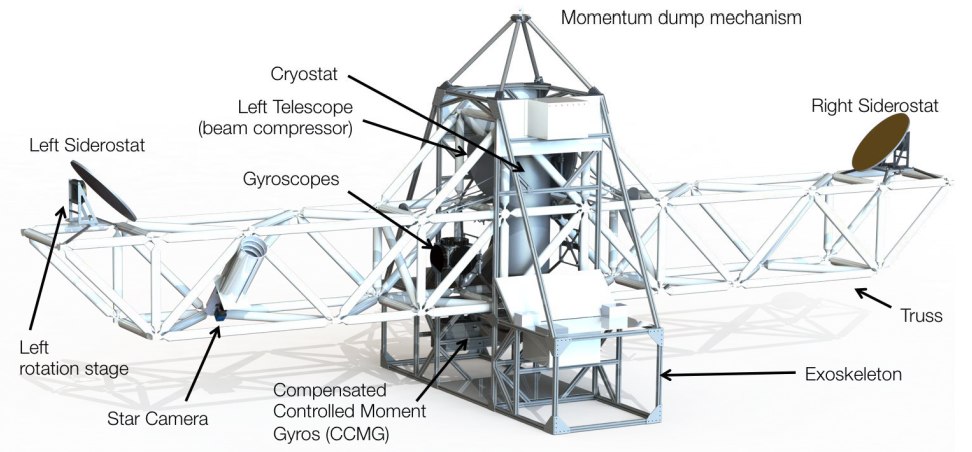
BETTII is the first flying "direct detection" interferometer which coherently combines light from two different telescopes to provide increased angular resolution. To provide all this BETTII counts with two collectors 8 meters apart, a cryogenic instrument to capture faint IR radiation, optics with excellent surface quality and a gondola able to withstand large changes in temperature, large pointing errors, and severe shock at landing.
This will be the second attempt to launch BETTII after the cancellation of the flight from Fort Sumner last year due to the closing of the suitable launch window.
More details can be obtained on the BETTII website at Goddard Space Flight Center and also in their Facebook Page.
The second instrument to be flown during the campaign is the SuperBIT telescope.
The acronym stands for Super-pressure Balloon-borne Imaging Telescope and is a development lead by the University of Toronto, along with the Durham University, Princeton University and the Jet Propulsion Laboratory.
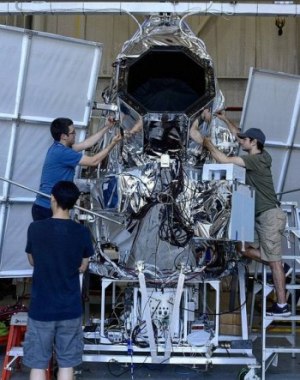
SuperBIT is a wide-field instrument operating in the visible-to-near-UV bands (300-900 microns) that is designed to achieve 20 milliarcsecond image stability over a 0.5 degree field-of-view for integration periods ranging from 10-30 minutes.
SuperBIT will be capable of wide field diffraction-limited observations which will use strong and weak lensing to map out the distribution of dark matter around hundreds of galaxy clusters. Additionally, SuperBIT is well suited for other proposed experiments related to solar planet spectroscopy and exoplanet studies.
This will be the third mission of the instrument, after a first balloon flight from Timmins, Canada in 2015, and the second one from Palestine, last year. The final goal -as stated in the instrument's name- is to perform a long duration flight onboard NASA's Super Pressure Balloon.
More information can be obtained on the SuperBIT website at the University of Toronto, and the ongoings of the campaign can be followed daily on Instagram
As a matter of fact, Balloon-borne optical astronomy is a very deserted field of research. The only relevant project in ballooning history before SuperBIt was the infamous Stratoscope II, which was a massive telescope that demonstrated high pointing precision and image stability over several flights between 1967 and 1973. However, certain limitations on the pointing mechanical structure of such a "Godzillian" instrument required significant post-flight image processing to produce scientifically useful results, thus severely limiting it's capabilities.
Finally, the last instrument to be launched is called PIPER (Primordial Inflation Polarization Explorer) which is a balloon-borne telescope designed to measure the polarization of the Cosmic Microwave Background (CMB) on large angular scales. PIPER's goal is to search for the signature of primordial gravity waves excited by an inflationary epoch in the early universe. It was developed at the Astrophysics Science Division of NASA's Goddard Space Flight Center.
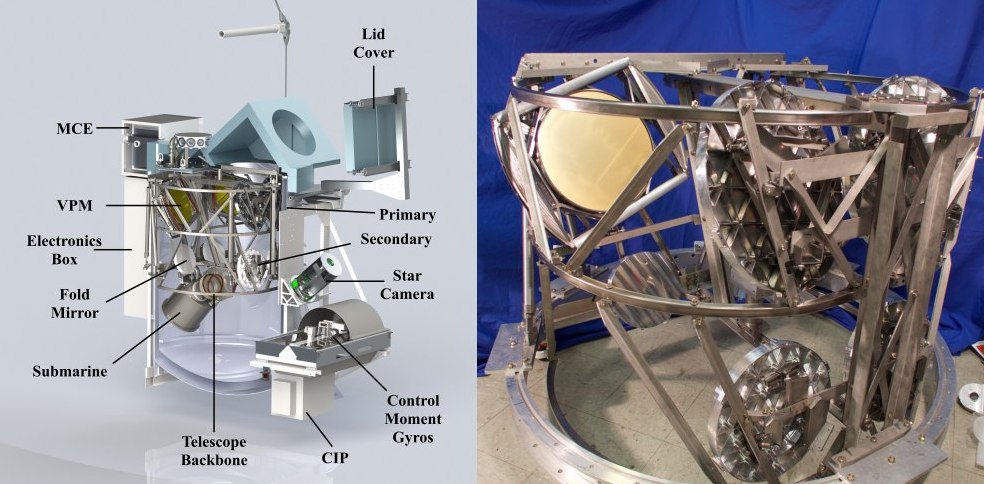
PIPER is in part based in the heritage of a past experiment ARCADE which performed several succesful balloon-borne missions between 2001 and 2006. PIPER's two twin telescopes are mounted within a 3500 liter open-aperture liquid helium (LHe) bucket dewar originally used by ARCADE. It was a very innovative design as there are no windows between the LHe-cooled telescope and the ambient environment; a feature which PIPER maintains using the efflux of boiloff helium gas to prevent the atmosphere at flight altitude from condensing on the optics. This unusual cryogenic design provides mapping speed a factor of 10 better than any other CMB instrument, allowing PIPER to achieve in a single night fly over New Mexico sensitivities that would otherwise require 10-day flights from Antarctica. The instrument also incorporates the so called polarization variable modulator (PVM) that will separate polarized from non-polarized light, to ensure that only the former reaches PIPER's optics.
In the fall of 2016, PIPER was prepared for its first engineering flight from Fort Sumner, New Mexico, but the mission was finally cancelled. In the process of maintaining cool the telescope in the three launch attempts, PIPER consumed near 8000 liters of liquid helium.
More information can be obtained on a paper entitled The Primordial Inflation Polarization Explorer (PIPER) at ArXiv and also in their weblog.
-
Share this on social media


